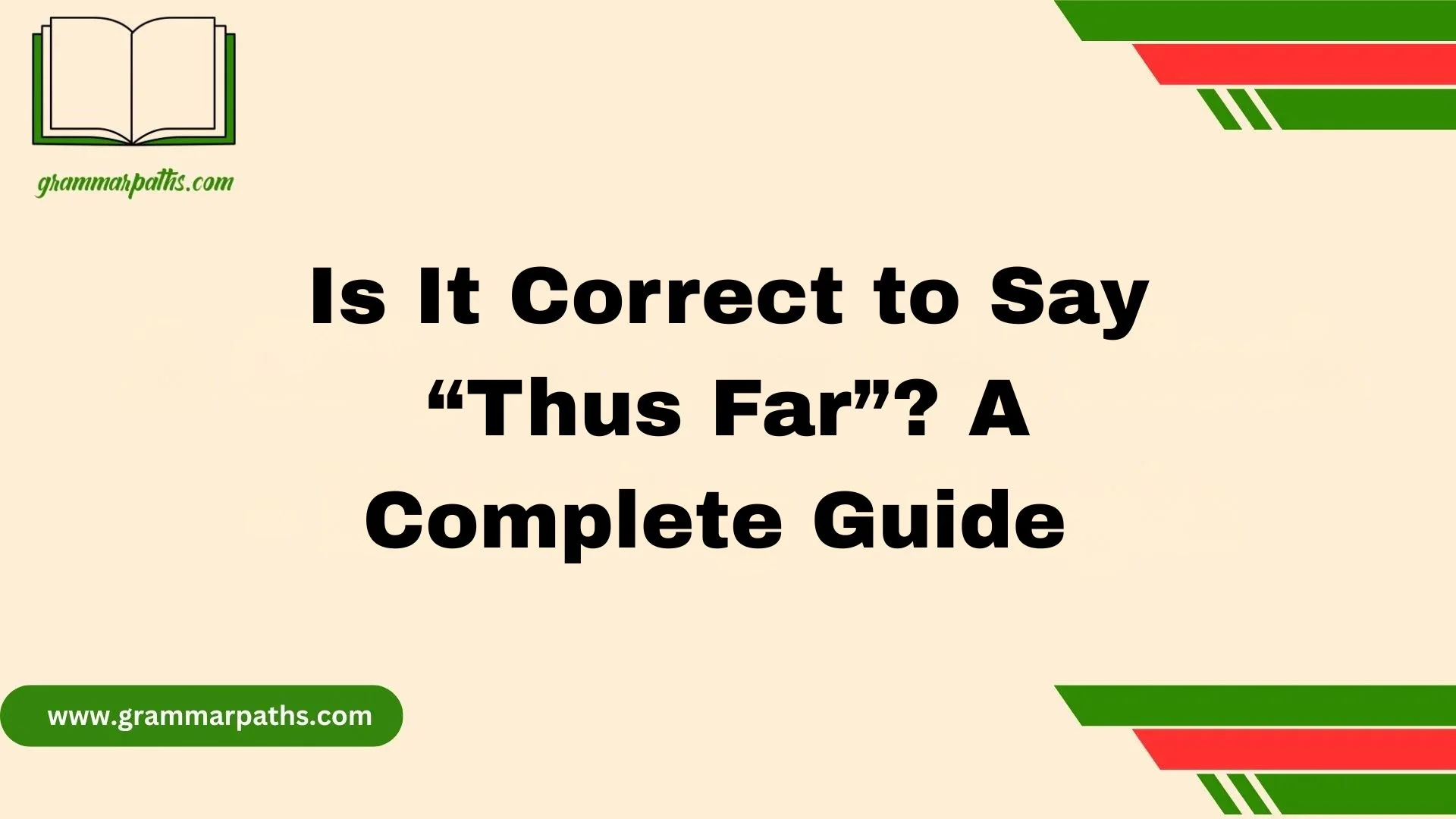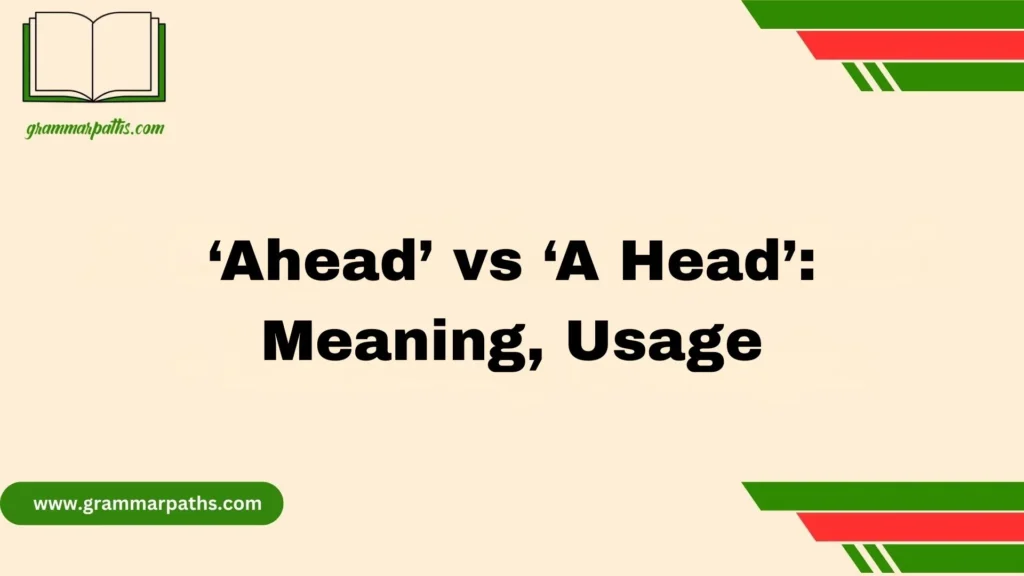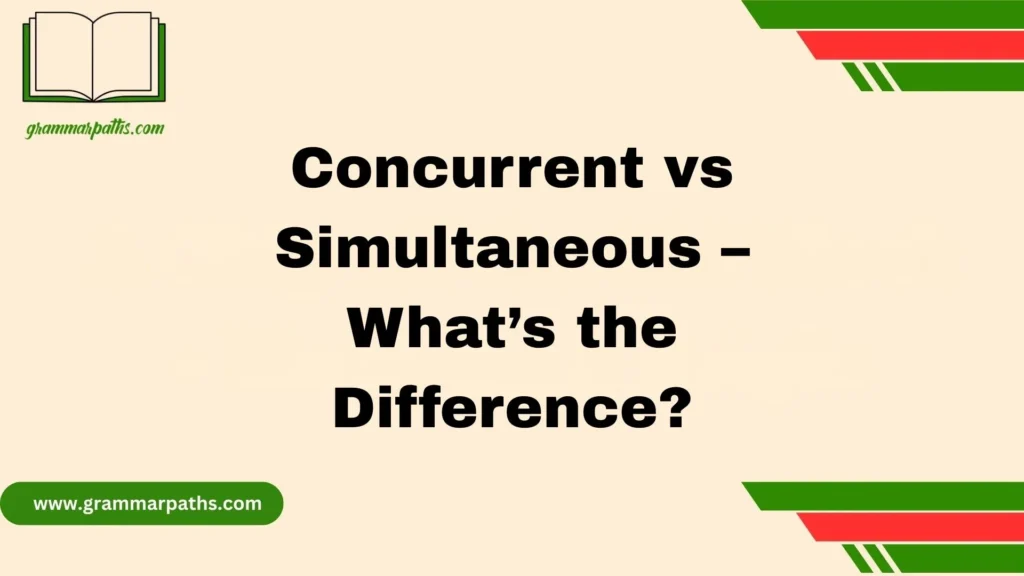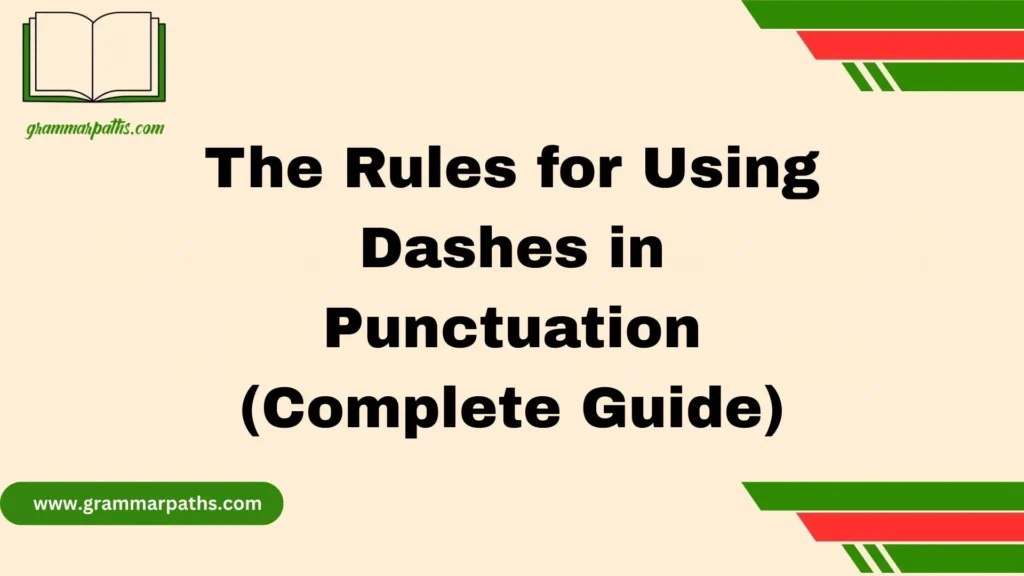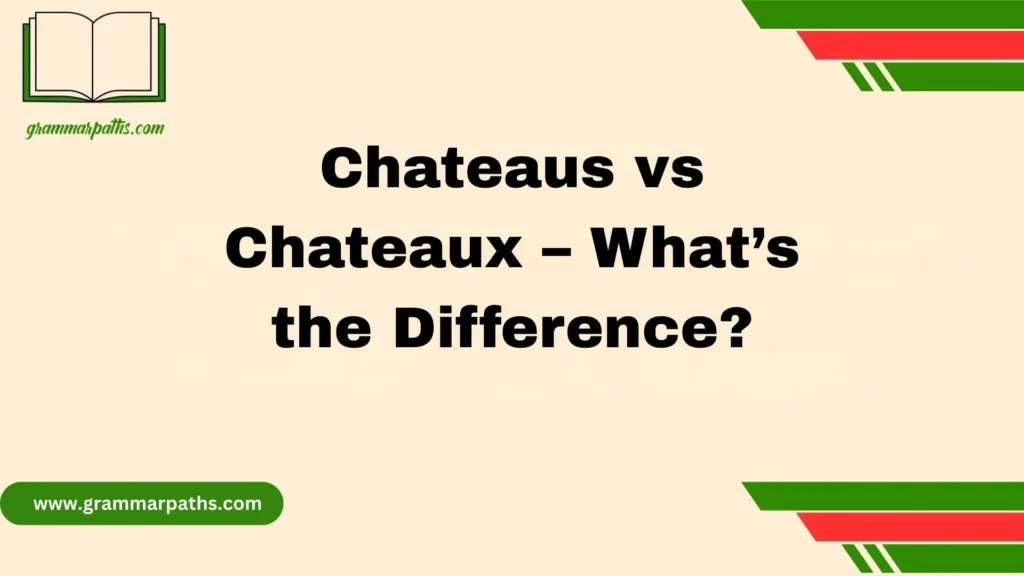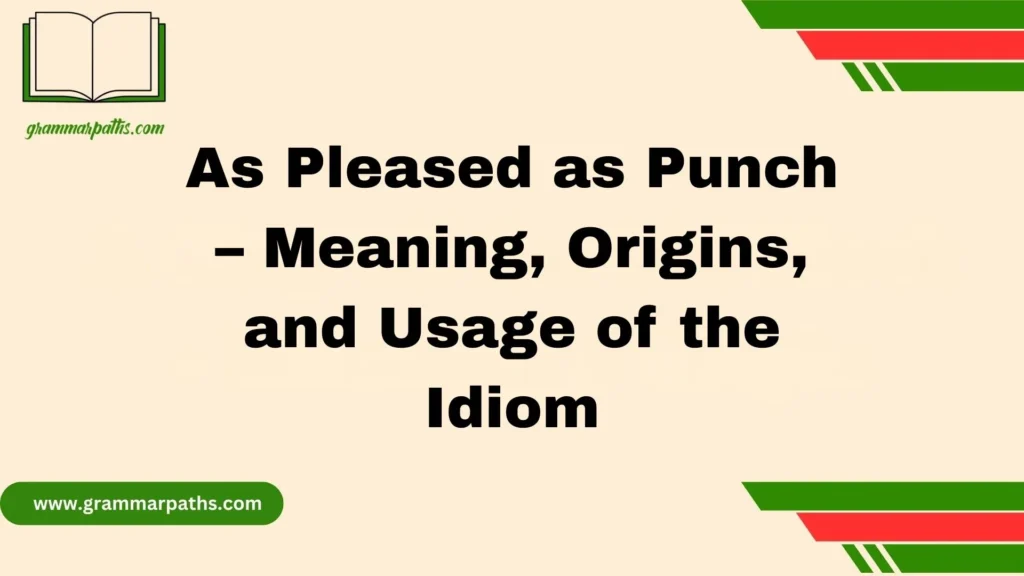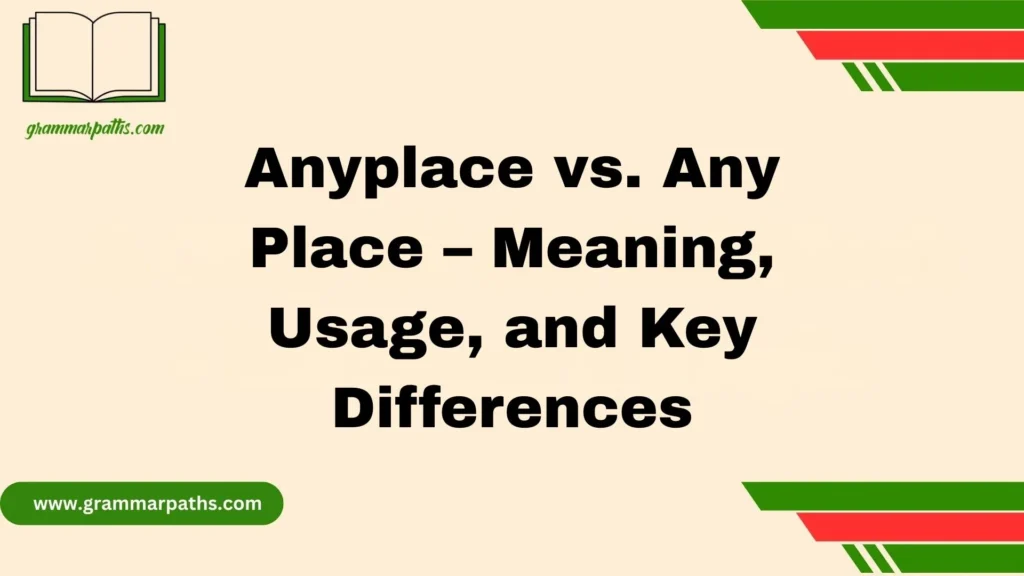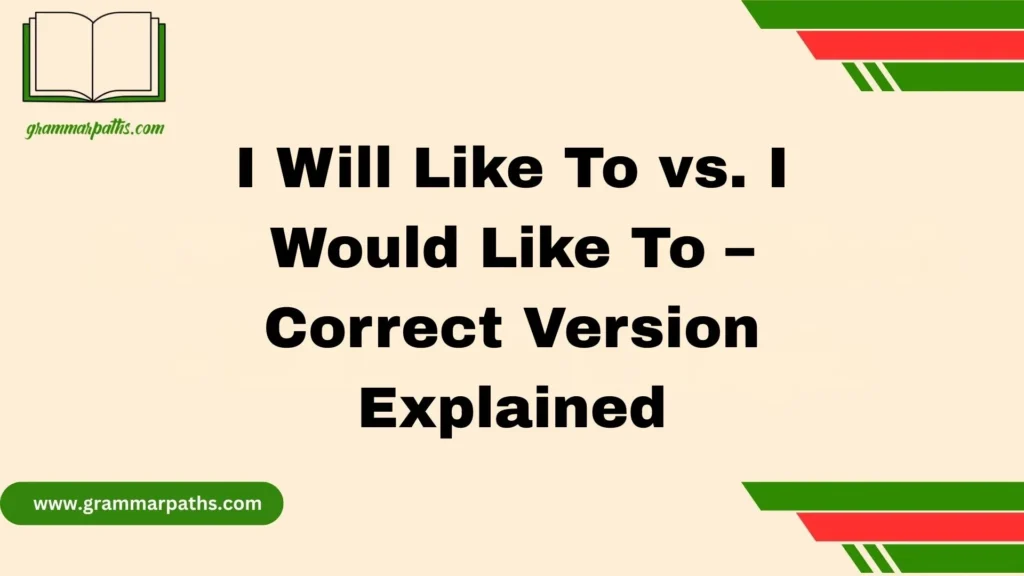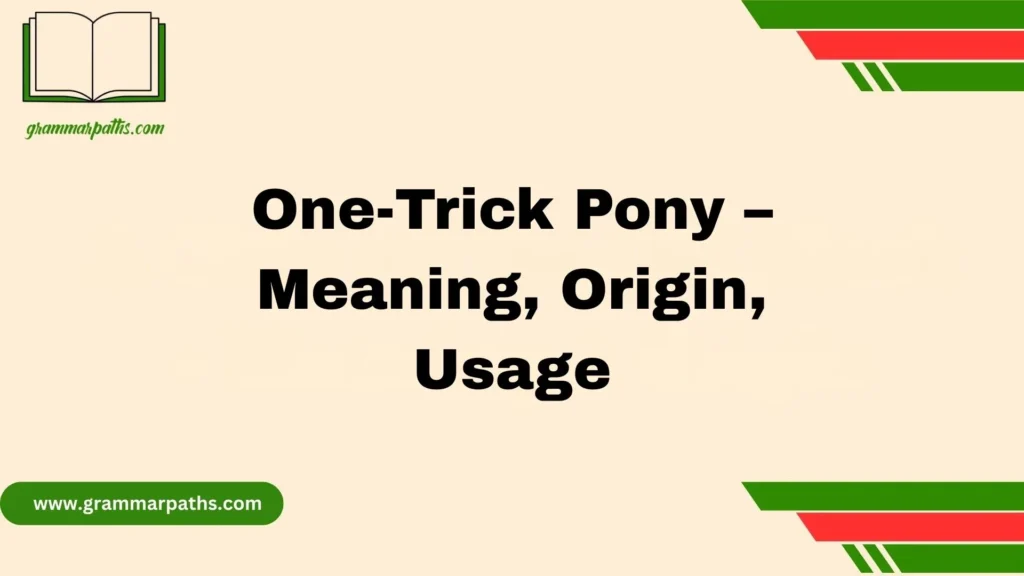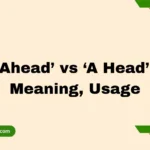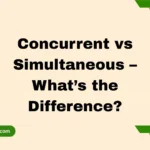When I think about the phrase in books, conversations, and emails, I often pause and wonder if it is correct, and the short answer is absolutely yes. The phrase has survived for centuries, shaping speech in both formal writing and everyday talk, and that’s why the keyword Is It Correct to Say “Thus Far”? A Complete Guide to Meaning, Grammar, and Usage still resonates strongly in modern use. It blends naturally into meetings and has appeared as a refined, yet simple, expression. What makes it so valuable is the clarity, tone, and context, where each sentence gives the audience a precise reason to see its role in communication.
My own comprehensive dive into its meaning, grammar, and usage gave me a clear guide that covers and explores everything step by step. With real-life references, literary references, and examples, I found that using it with smart timing can truly help. It offers alternatives that fit the situation, along with practical tips to avoid misuse. Each time it breaks down into a precise linguistic instrument, it feels both strong and natural. While “so far” might be just as fine, “thus far” brings more depth when used with care, turning into something not just habitual, but an expression that remains alive and valuable.
What Does “Thus Far” Mean?
At its core, “thus far” means “up to this point in progress or time.” It signals that something has happened until now but may continue.
- Literal meaning: up to the present moment.
- Figurative meaning: progress made on a project, effort, or idea.
For example:
- The results have been positive thus far.
- Thus far, the negotiations remain productive.
The tone of “thus far” leans formal. You’ll hear it more in speeches, academic contexts, or professional writing than in casual conversation.
Breaking Down the Words
- Thus: An adverb meaning “as a result,” “in this way,” or “up to now.”
- Far: An adverb indicating distance or extent.
When combined, they emphasize progress or extent up to a certain point.
The Grammar Behind “Thus Far”
From a grammatical perspective, “thus far” is an adverbial phrase. It modifies verbs or entire clauses to mark progress or time.
Sentence Placement
“Thus far” is flexible in where it appears in a sentence:
- At the beginning: Thus far, the evidence supports the claim.
- In the middle: The team has, thus far, avoided major setbacks.
- At the end: The journey has been successful thus far.
Correct vs. Incorrect Usage
| Usage | Example | Correct? | Why |
| Beginning of a sentence | Thus far, the plan is working. | ✅ | Sets formal tone |
| Middle of a sentence | The company has, thus far, exceeded expectations. | ✅ | Proper modifier placement |
| End of a sentence | Progress has been steady thus far. | ✅ | Natural closure |
| Misplaced | The thus far company is successful. | ❌ | “Thus far” can’t modify a noun |
Formality and Tone of “Thus Far”
One reason people hesitate with “thus far” is tone. It carries a slightly elevated and formal feel.
- In academic or professional writing, it works well:
“The findings, thus far, support the initial hypothesis.” - In casual speech, it can sound stiff:
“Thus far, I’ve enjoyed the pizza” feels awkward compared to “So far, I’ve enjoyed the pizza.”
Rule of thumb: Use “thus far” when writing formally or speaking in a professional, ceremonial, or literary setting. For everyday talk, “so far” works better.
Common Contexts for Using “Thus Far”
Here are scenarios where “thus far” fits naturally:
- Professional communication
“The project has thus far stayed within budget.” - Academic writing
“Research has, thus far, shown consistent results.” - Historical or literary works
“The empire had thus far resisted invasion.” - Formal reports or presentations
“Thus far, customer feedback has been overwhelmingly positive.”
“Thus Far” vs. “So Far”
Both phrases mean “up to this point,” but they differ in tone, frequency, and audience perception.
- “So far” → common, conversational, modern.
- “Thus far” → formal, slightly old-fashioned, literary.
Example Comparison
- So far, everything is going smoothly. (casual tone)
- Thus far, everything has progressed according to plan. (formal tone)
Formality Scale
| Expression | Tone | Usage |
| This far | Neutral, literal | Emphasizes physical/figurative distance |
| So far | Casual, common | Everyday speech, writing |
| Thus far | Formal, literary | Academic, historical, professional |
“Thus Far” vs. “This Far”
At first glance, these two phrases look nearly identical. The difference lies in emphasis.
- “This far” → usually literal, pointing to a specific distance or limit.
“We’ve come this far, we can’t give up now.” - “Thus far” → focuses on progress over time or effort.
“Thus far, the campaign has raised significant funds.”
Think of it this way: “this far” = place or point, while “thus far” = progress or time.
Examples of “Thus Far” in Sentences
Here’s a collection of sentence types using “thus far”:
Everyday Usage
- The movie has been entertaining thus far.
Business/Professional
- The merger discussions have, thus far, remained confidential.
Academic
- Studies have, thus far, yielded consistent but limited results.
Literary
- The knight had, thus far, resisted all temptations of surrender.
“Thus Far” in Literature and History
“Thus far” has a long life in English writing. While less frequent today, it continues to appear in literature and speeches.
- Shakespeare: His plays often used “thus” in formal structures. While the exact phrase “thus far” is rare, similar constructions abound, e.g., “Thus with a kiss I die.”
- American speeches: Statesmen like Abraham Lincoln and later U.S. presidents used variations of “thus” to create gravitas.
- Modern literature: Writers employ it to give a timeless or dignified feel.
Its persistence shows that “thus far” carries weight when used intentionally.
Alternatives to “Thus Far”
Sometimes, “thus far” isn’t the best fit. Depending on tone, here are alternatives:
- So far – most common, informal
- Up to now – neutral, straightforward
- Until now – emphasizes transition
- To this point – formal, precise
- As yet – literary, slightly old-fashioned
When to Use Each
| Alternative | Best Context | Example |
| So far | Casual speech | So far, no problems have arisen. |
| Up to now | Neutral | Up to now, the system has functioned well. |
| Until now | Transition emphasis | Until now, no one questioned the results. |
| To this point | Formal | To this point, all evidence supports the claim. |
| As yet | Literary | As yet, no cure has been found. |
Conclusion
The phrase “thus far” isn’t just another part of language—it’s a tool that adds clarity, tone, and precision to both speech and writing. From conversations and emails to books and meetings, it has appeared across centuries in both formal and everyday settings. While “so far” may seem just as fine, “thus far” carries a more refined quality, making it a valuable choice in the right context. When you understand its meaning, grammar, and usage, you gain the confidence to use it as a precise linguistic instrument.
FAQs
Q1: Is it correct to say “thus far”?
Yes, it’s absolutely correct. It has been used for centuries in both formal writing and everyday talk.
Q2: What’s the difference between “thus far” and “so far”?
Both are correct, but “thus far” often feels more refined and formal, while “so far” is simple and more common in day-to-day use.
Q3: Can I use “thus far” in emails or professional communication?
Definitely. It blends well in boardrooms, meetings, and professional emails, as long as the audience and tone match.
Q4: How can I avoid misuse of “thus far”?
Think about the context, situation, and sentence. Use alternatives like “so far” when the setting is less formal or when clarity matters more.
Q5: Are there tips to use “thus far” better?
Yes. Look at real-life examples, literary references, and follow a step by step approach. With smart usage and practical awareness, it becomes a strong and effective expression.

Grace Marie is the dedicated writer behind GrammarPaths.com, where she shares her passion for English grammar, idioms, and writing mastery. With a strong background in language studies and years of experience helping learners improve their communication skills, Grace creates clear, practical, and engaging content that makes English easy to understand.
